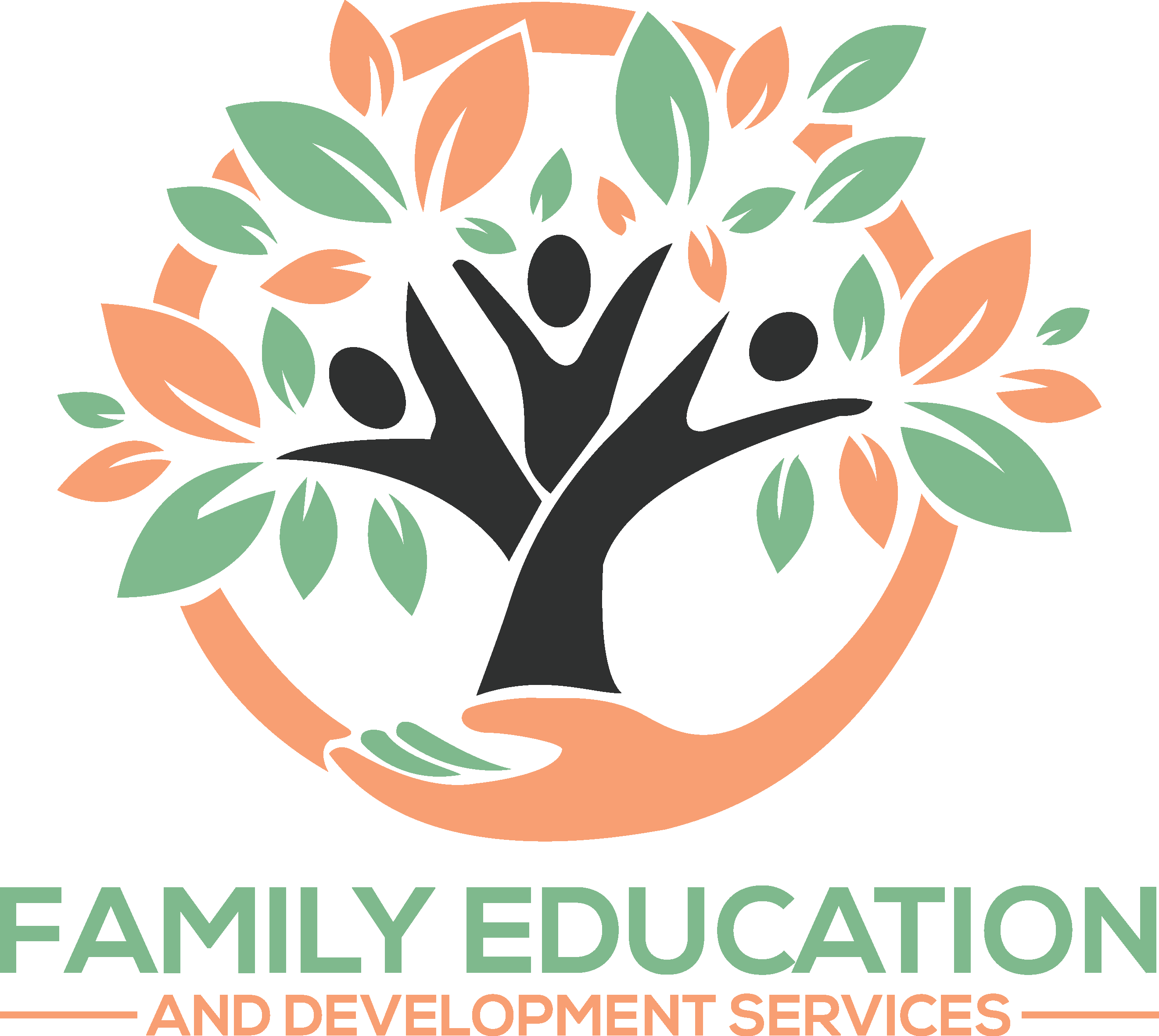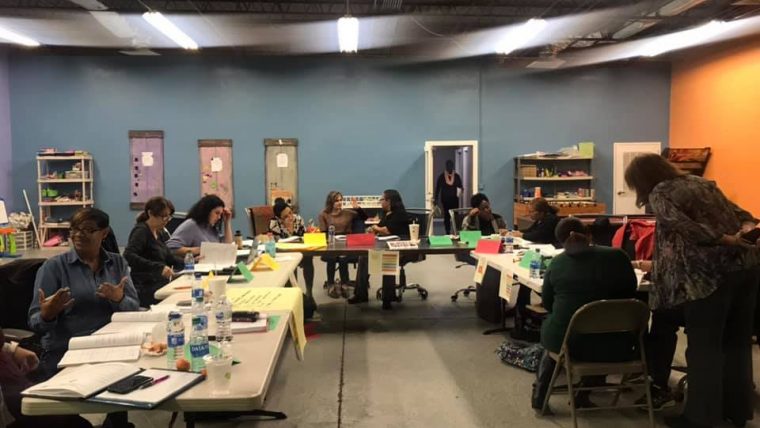Recognizing and Preventing Child Abuse: A Guide for Child Abuse Prevention Month
April is Child Abuse Prevention Month, a time dedicated to raising awareness and advocating for the protection and well-being of children. This month serves as a reminder of our collective responsibility to safeguard the most vulnerable members of our society. Here’s a comprehensive guide to understanding, recognizing, and preventing child abuse.
Understanding Child Abuse
Child abuse encompasses various forms of harm inflicted on children, including:
- Physical Abuse: Inflicting physical harm or injury through hitting, shaking, or other forms of violence.
- Emotional Abuse: Causing psychological harm through verbal abuse, threats, or constant criticism.
- Sexual Abuse: Engaging a child in sexual acts or exploitation.
- Neglect: Failing to meet a child’s basic needs, such as food, shelter, medical care, or emotional support.
Warning Signs of Abuse
Recognizing the signs of abuse is crucial for intervention and support. While each case is unique, some common indicators include:
- Physical Signs: Unexplained bruises, burns, or injuries.
- Behavioral Changes: Sudden changes in behavior, such as withdrawal, fearfulness, or aggression.
- Developmental Delays: Difficulties in physical, emotional, or cognitive development.
- Inappropriate Sexual Behavior: Knowledge or behavior that is not typical for their age.
How to Prevent Child Abuse
Prevention starts with education, awareness, and proactive measures. Here are steps you can take:
- Educate Yourself and Others: Learn about the signs of abuse and share this knowledge with friends, family, and community members.
- Create Safe Environments: Ensure that children have access to safe spaces and support networks. Encourage open communication and trust.
- Support Strong Families: Advocate for programs and resources that support parents and caregivers in managing stress and providing healthy environments for children.
- Report Suspected Abuse: If you suspect abuse, report it to the appropriate authorities. Early intervention can prevent further harm.
- Engage in Advocacy: Support policies and organizations dedicated to child protection and abuse prevention.
How You Can Get Involved
- Volunteer: Many organizations work to prevent child abuse and support affected families. Volunteering your time or resources can make a significant impact.
- Donate: Contributing financially to organizations that focus on child welfare can help them continue their crucial work.
- Raise Awareness: Use social media and community events to spread the word about Child Abuse Prevention Month and encourage others to take action.
Resources for Support
If you or someone you know is affected by child abuse, there are resources available:
- National Child Abuse Hotline: 1-800-4-A-CHILD (1-800-422-4453) – Provides confidential support and guidance.
- Local Child Protective Services: Contact your local agency for assistance and intervention.
- Counseling Services: Many organizations offer counseling and therapy for victims of abuse and their families.
Conclusion
Child Abuse Prevention Month is a critical time to focus on the well-being of children and the importance of prevention and intervention. By educating ourselves, supporting families, and advocating for children’s rights, we can work together to create a safer, healthier world for all children.
Let’s commit to making a difference, not just this month, but every day. Together, we can ensure that every child has the opportunity to grow up in a safe and loving environment.




